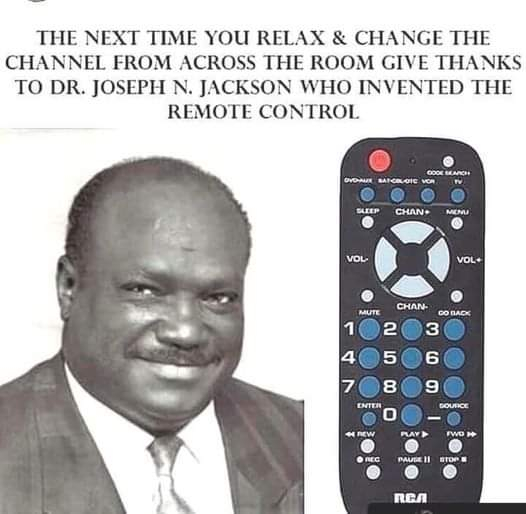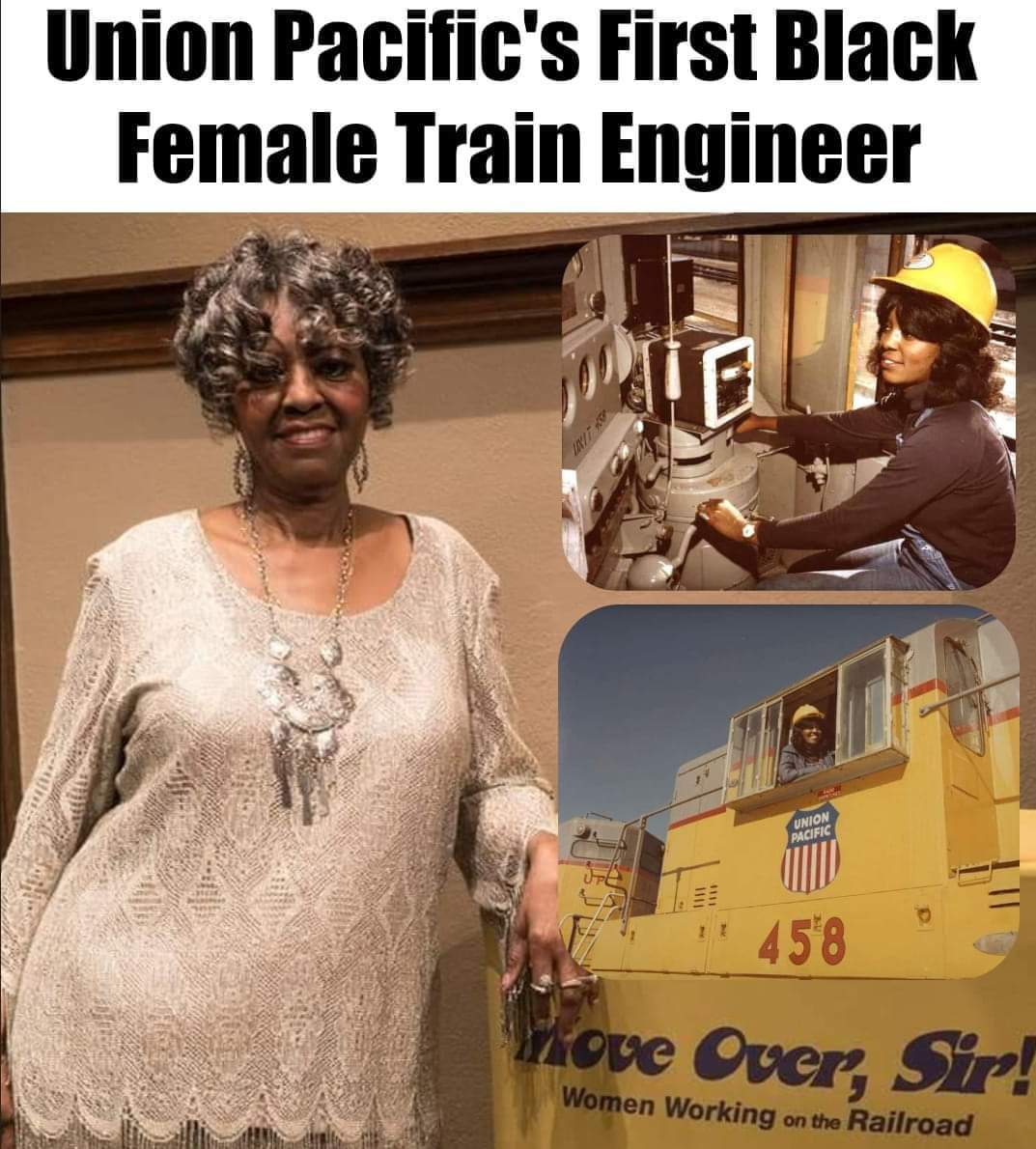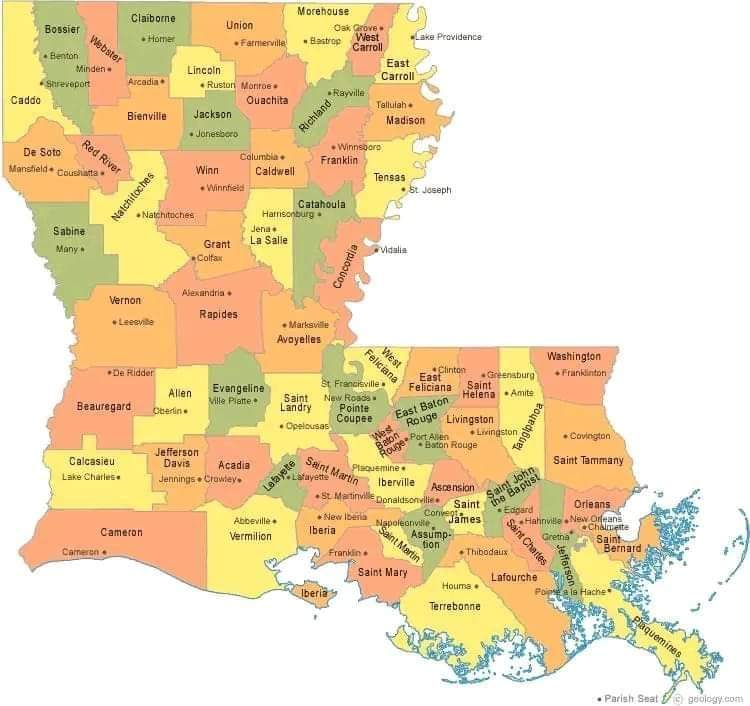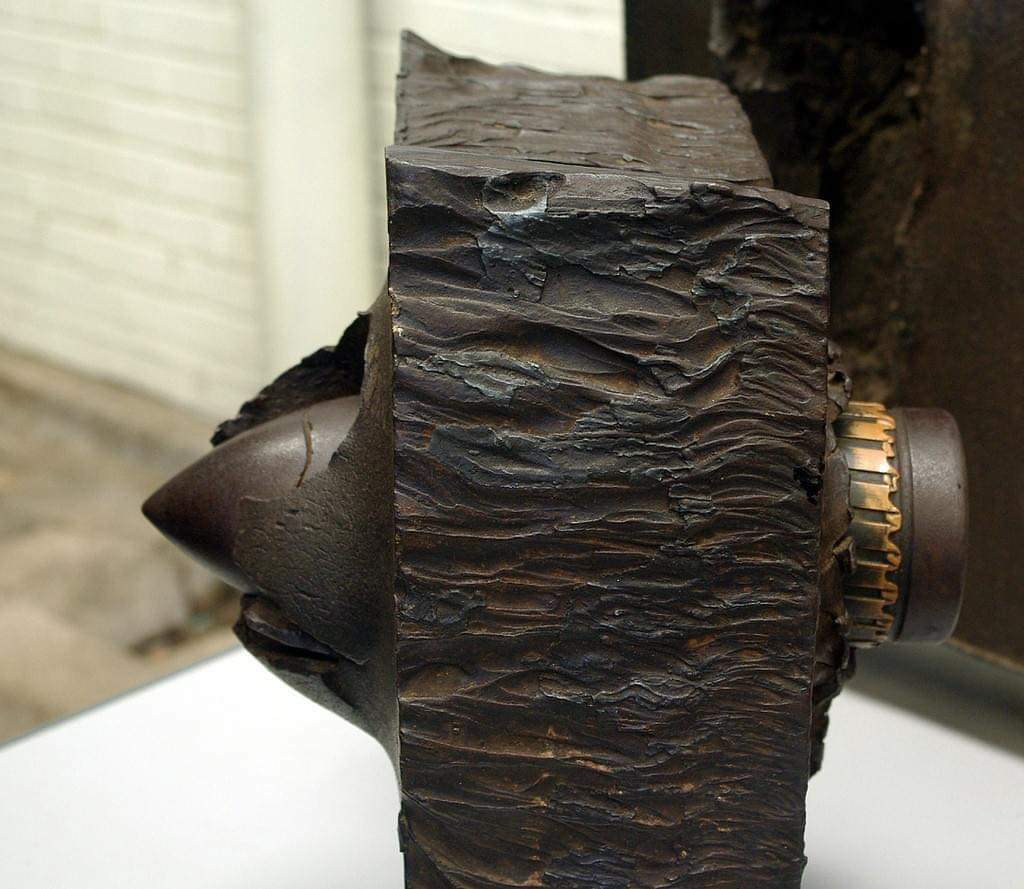Everyone who has enjoyed the use of their programmable VCR, DVR, TIVO, and television remote controllers owes a thank you to Mr. Joseph N. Jackson.
He is a living legend, an inventor, scientist, businessman, humanitarian and Co-founder of the Black Inventions Museum, Inc. To date, he continues to work on ideas that will enhance the lives of BILLIONS OF PEOPLE WORLDWIDE.
Joseph Jackson is the fourth of eight children born to Ernest and Octavia Jackson in Harvey, “Jefferson Parish”, Louisiana.
At the age of 17 he went to work as an oil field tool maintenance helper. He was accepted in the United States Army at the age of 18.
He went to television repair school at night, and later owned and operated a Radio and Television Repair Shop part-time for 7 years in Fayetteville, North Carolina.
His early efforts led to the precursor of the V-Chip, technology that is used in the television industry to block out violent and objectionable programs that could be seen by young children. Mr. Jackson is the creator of the Programmable Television Receiver Controllers and other innovative devices for the television industry.
Joseph Jackson is the holder of at least 6 issued U.S. Patents in the area of telecommunications and Fertility Prediction Devices for females, as well as several copyrights, trademarks, and Pending Patents in the area or Aircraft security and Tracking Systems.
BISM IS HONORED TO SALUTE
DR. JOSEPH N. JACKSON 20
He is a living legend, an inventor, scientist, businessman, humanitarian and Co-founder of the Black Inventions Museum, Inc. To date, he continues to work on ideas that will enhance the lives of BILLIONS OF PEOPLE WORLDWIDE.
Joseph Jackson is the fourth of eight children born to Ernest and Octavia Jackson in Harvey, “Jefferson Parish”, Louisiana.
At the age of 17 he went to work as an oil field tool maintenance helper. He was accepted in the United States Army at the age of 18.
He went to television repair school at night, and later owned and operated a Radio and Television Repair Shop part-time for 7 years in Fayetteville, North Carolina.
His early efforts led to the precursor of the V-Chip, technology that is used in the television industry to block out violent and objectionable programs that could be seen by young children. Mr. Jackson is the creator of the Programmable Television Receiver Controllers and other innovative devices for the television industry.
Joseph Jackson is the holder of at least 6 issued U.S. Patents in the area of telecommunications and Fertility Prediction Devices for females, as well as several copyrights, trademarks, and Pending Patents in the area or Aircraft security and Tracking Systems.
BISM IS HONORED TO SALUTE
DR. JOSEPH N. JACKSON 20
Everyone who has enjoyed the use of their programmable VCR, DVR, TIVO, and television remote controllers owes a thank you to Mr. Joseph N. Jackson.
He is a living legend, an inventor, scientist, businessman, humanitarian and Co-founder of the Black Inventions Museum, Inc. To date, he continues to work on ideas that will enhance the lives of BILLIONS OF PEOPLE WORLDWIDE.
Joseph Jackson is the fourth of eight children born to Ernest and Octavia Jackson in Harvey, “Jefferson Parish”, Louisiana.
At the age of 17 he went to work as an oil field tool maintenance helper. He was accepted in the United States Army at the age of 18.
He went to television repair school at night, and later owned and operated a Radio and Television Repair Shop part-time for 7 years in Fayetteville, North Carolina.
His early efforts led to the precursor of the V-Chip, technology that is used in the television industry to block out violent and objectionable programs that could be seen by young children. Mr. Jackson is the creator of the Programmable Television Receiver Controllers and other innovative devices for the television industry.
Joseph Jackson is the holder of at least 6 issued U.S. Patents in the area of telecommunications and Fertility Prediction Devices for females, as well as several copyrights, trademarks, and Pending Patents in the area or Aircraft security and Tracking Systems.
BISM IS HONORED TO SALUTE
DR. JOSEPH N. JACKSON 20
0 Comments
0 Shares
469 Views






